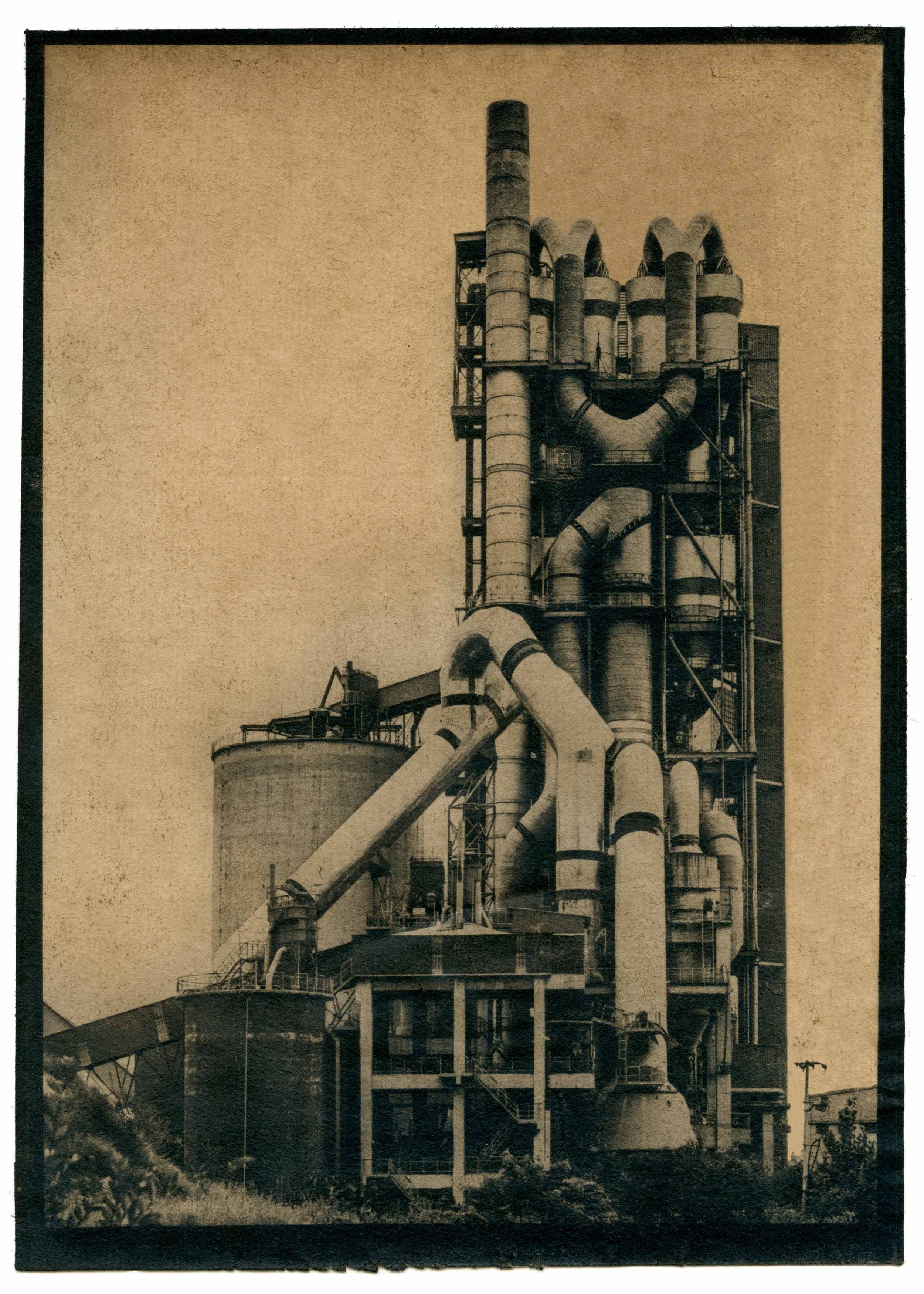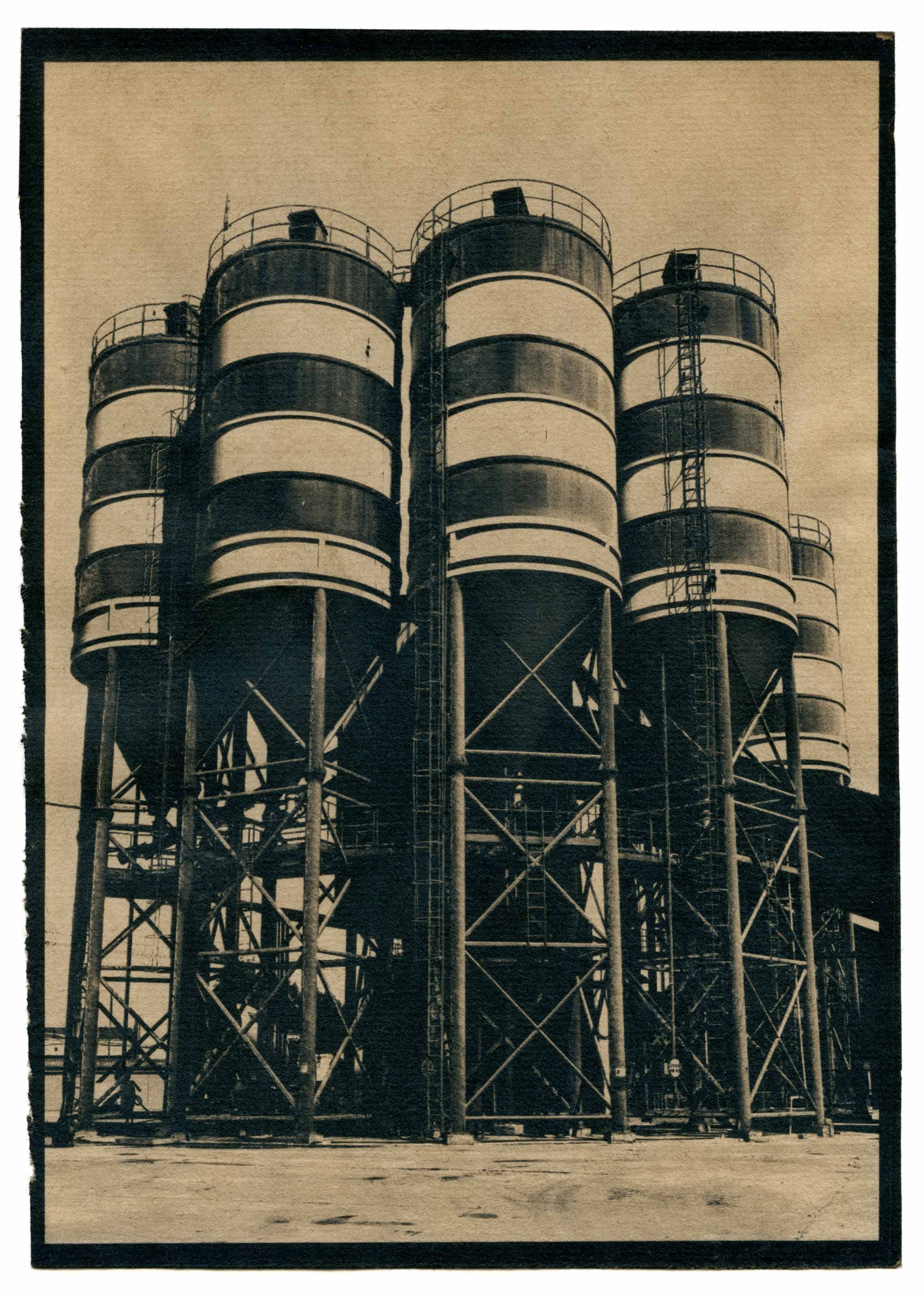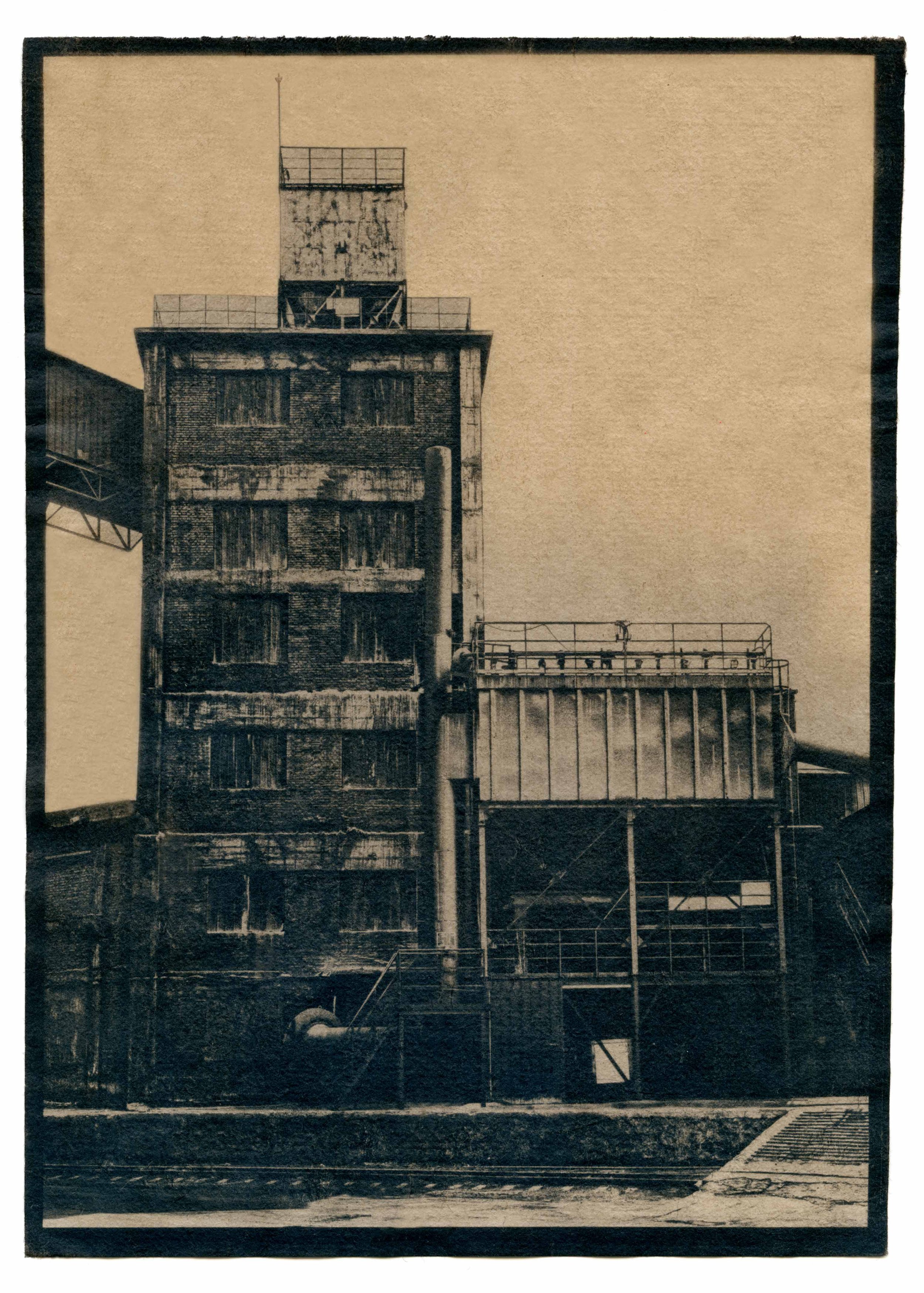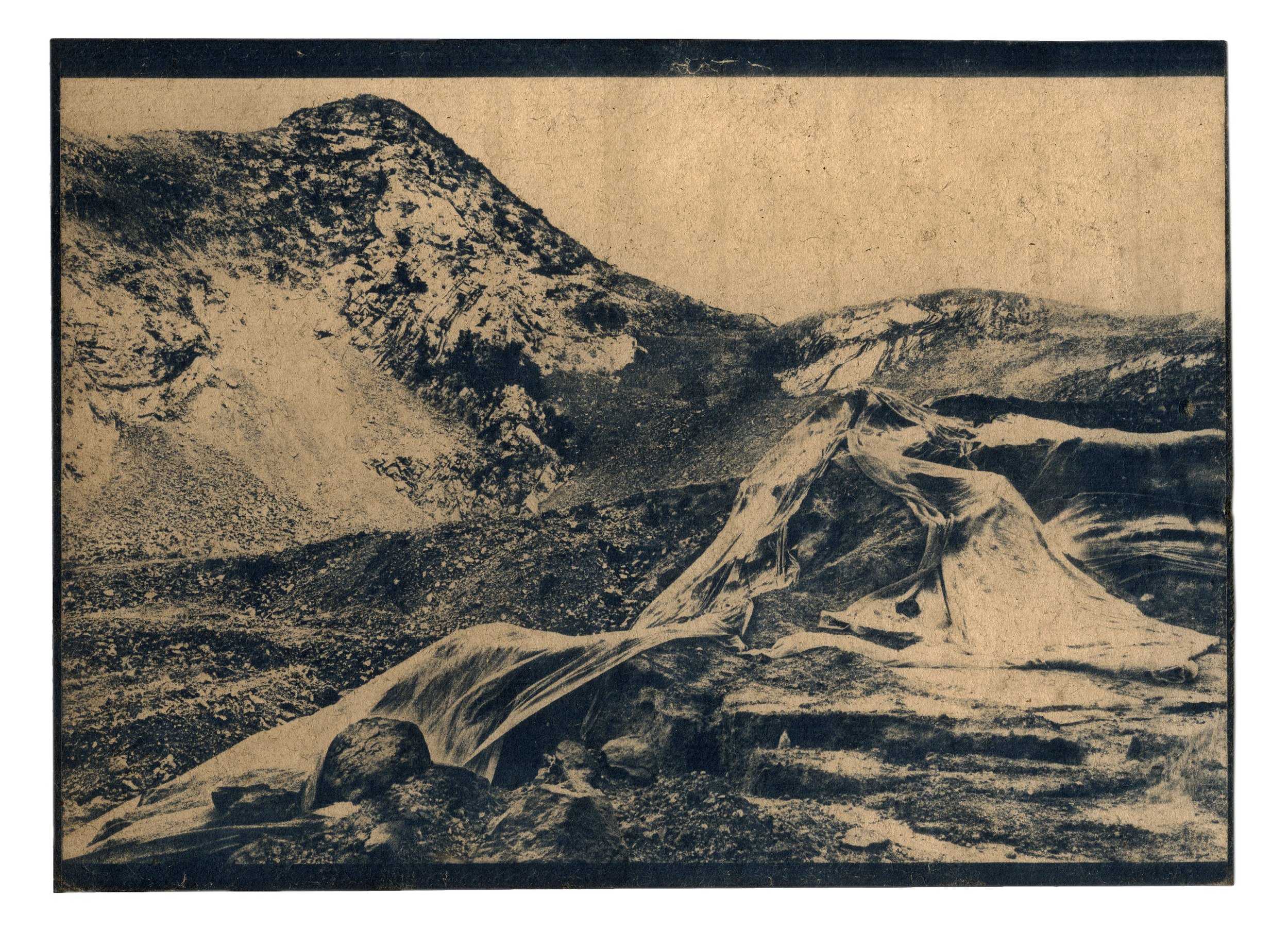Sculpted Mountains
被雕刻的山
2022 — 2023
Sculpted Mountains is a research project on the transforming nonmetal open-pit quarrying industry in my hometown Tangshan, one of the most prominent resource-based heavy industrial cities in China. In the past four decades of rapid industrialization and urbanization process in China, the mountainous districts of Tangshan blossomed with all scales of open-pit quarries, cement plants, and concrete mixing plants, which continuously transported building materials and dimension stones to the surrounding developing areas, including Beijing. However, the extraction of millions of tons of earth and ore also left serious environmental problems and deep scars on the city’s landscapes. In recent years, leading social economists claimed that China has entered the early stages of a post-industrial era. With the gradual completion of the urban infrastructure and urban development, the transforming economic structure, and especially, the increasing emphasis on environmental protection and restoration, it is now critical for Tangshan to implement a green transformation of its traditional industries.
The local government initiated a mining industry’s environmental restoration project in 2013. Over a thousand closed and abandoned open-pit quarries have launched long-term projects designed to restore the landscapes. Hundreds of enterprises with serious pollution and backward production capacity were shut down. The remaining mines and plants must follow very strict laws to regulate the environmental impact of their production activities and are only allowed to operate at night. All these measures lead to the generation of a continuously shifting industrial landscape of the city.
In three months, I researched, took pictures, and took video and sound recordings of open-pit quarries, cement plants, and concrete mixing plants at different stages of transformation at sixteen locations crossing six districts of Tangshan. The only thing common about these landscapes is that they are all in a state of change. These landscapes and industrial structures were becoming history at the very moment when I clicked the shutters. I printed the pictures with the cyanotype method and toned them in tea to achieve an historical, and archival look. I also made a video combining these daytime images with the video and sound recordings of the quarries and plants in operation at night. This is a project in progress, and I will continue my research and photoshoot. I believe my effort is meaningful in terms of building and enriching the archive of Tangshan’s unique urban history.



















Tea-toned cyanotype prints on Xuan paper, size of each print 21 x 14.5 cm